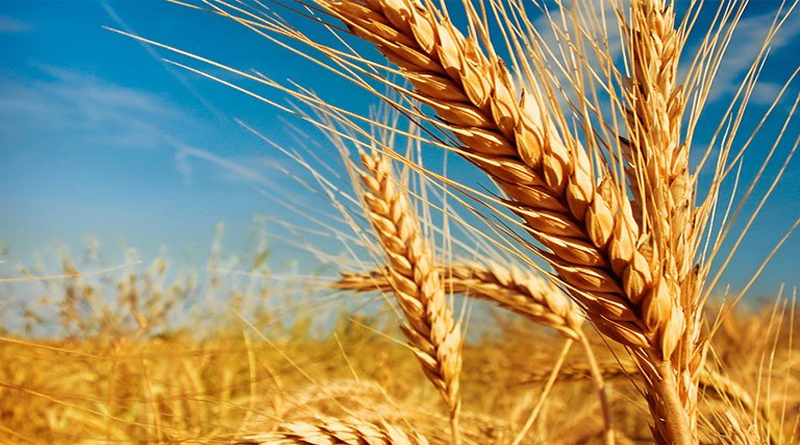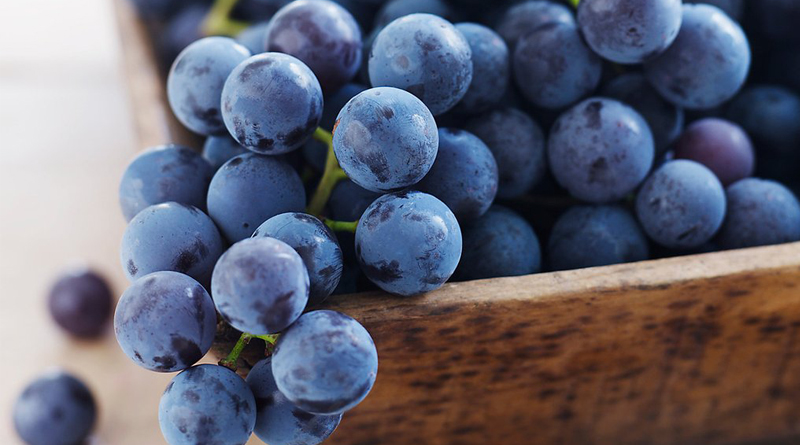Woman eating a donut many elements play a part in determining weight, including genetics, environment, activity level, and stress. But research conducted by Linda M. Bartoshuk, Bushnell Professor of Food Science & Human Nutrition at the University of Florida Institute of Food and Agricultural Sciences, indicates that the role of taste and the effects of taste pathology are also significant.
According to Bartoshuk, taste input tends to inhibit other oral sensory input. But when taste damage occurs—as a result, say, of a middle ear infection (otitis media), tonsillectomy, or mild head injury—even minor damage to taste can release inhibition on other sensory systems, such that sensations from those systems intensify. “For example,” she says, “minor taste damage can intensify the tactile sensations evoked by fats (e.g., thick, creamy). This sensory intensification can lead to enhanced preferences for high fat foods, [which in turn] can lead to increased intake and weight gain.”
Research on how taste damage occurs and whether it can be diminished is needed to better understand and control its effects on weight. There is also much to be gained by exploring the role of affect in food preference. “Currently in food science, we do not focus enough on the affect (pleasure/displeasure) associated with the sensory properties of foods,” says Bartoshuk. “Better understanding of food affect will help us to focus on how we can alter foods to maintain the affect that is so important to quality of life and still make foods healthier.”
In the meantime, she says, “We can be more vigilant about weight gain in populations with clinical conditions associated with taste damage. Unfortunately, we cannot easily reduce the taste damage now, but as we learn more and more about taste, we may find ways to do this in the future.” A few of the questions that need to be explored, says Bartoshuk, are “How do we learn to like/dislike foods? What does alteration in the sensory properties of foods contribute to that learning process? To the extent that sensory properties matter, can we alter those sensory properties to maximize the palatability of healthy foods?”
The latter possibility is particularly important to Bartoshuk and her researchers. “My students and I are now collaborating with colleagues in horticulture. We are identifying which constituents in healthy foods are contributing the most to the pleasure experienced from those foods. This allows us to create ‘recipes’ for highly palatable fruits and vegetables that we can aim to create by cross-breeding (no genetically modified plants, I’m sorry to say, since there is so much prejudice against them).”
Source: IFT









